Kochia identification and control
Information about the noxious weed kochia. Kochia is also known by its Latin name, Bassia scoparia.
About this weed
Kochia is a regulated Class B noxious weed. This means control is required in King County under the state noxious weed law. Kochia is also on the Washington quarantine list and it is illegal to buy, sell, or offer it for sale in the state.
Kochia is known as Bassia scoparia and it is in the amaranth family.
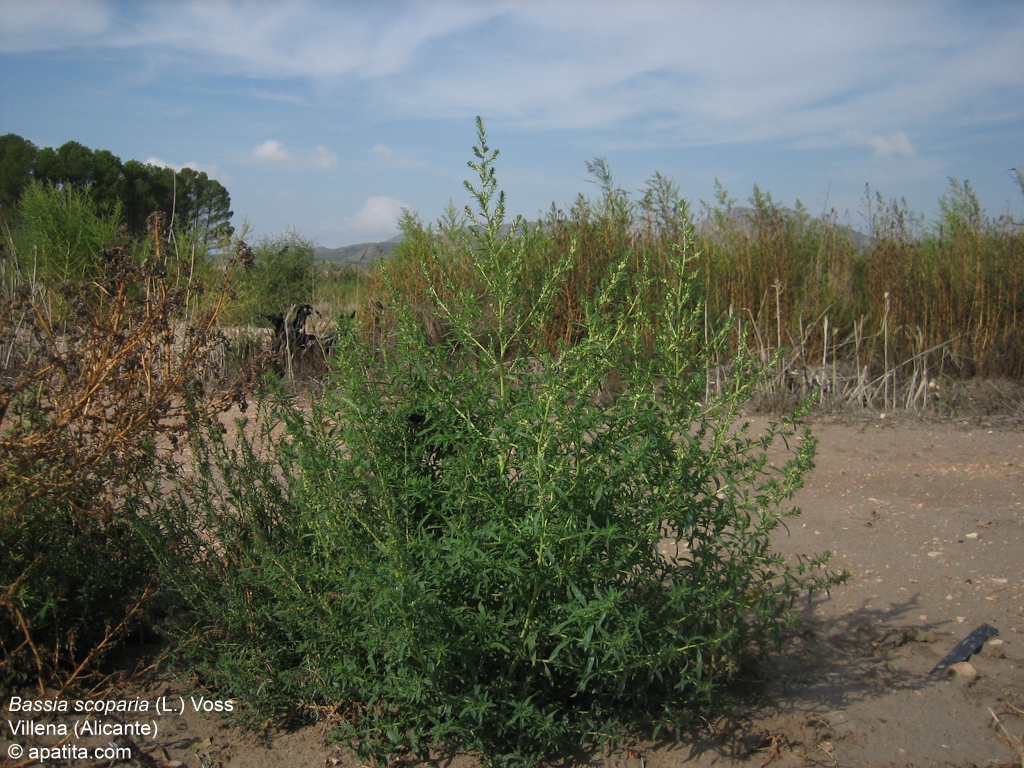
Why it’s a problem
In western Washington, this weed is sometimes found in very dry, disturbed sites. In eastern Washington, kochia is widespread, and many counties report thousands of acres. Kochia is very drought tolerant and can invade both irrigated and dryland crops. In areas where kochia is widespread, it is a serious pest of late crops. Kochia is a competitor for light, nutrients, and soil moisture, and can reduce crop yield. Economic impacts hit crops such as potatoes, alfalfa, and wheat.
Plant description
Originally from central and eastern Europe and Asia, kochia was introduced as a garden ornamental in the early 1900's. It spread from state to state, reaching eastern Washington by 1980.
Kochia is an annual herbaceous plant that grows 1.5 to 5 feet tall. Kochia is found in pasture, rangeland, roadsides, ditch banks, wastelands, and cultivated fields.
Kochia stems are upright and spreading with many branches.
Kochia leaves are 1 to 2 inches long and are alternate along stem. Leaves are narrow with smooth, hairy edges and they may have silky hairs on the undersides.
Flowers are small and green. Clusters of flowers grow between the leaf and stem in the upper part of the plant and at the end of stems.
Plants produce around 14,000 seeds. Seeds are wedge-shaped and light brown. Seeds are dispersed in the fall when the plant becomes a tumbleweed.
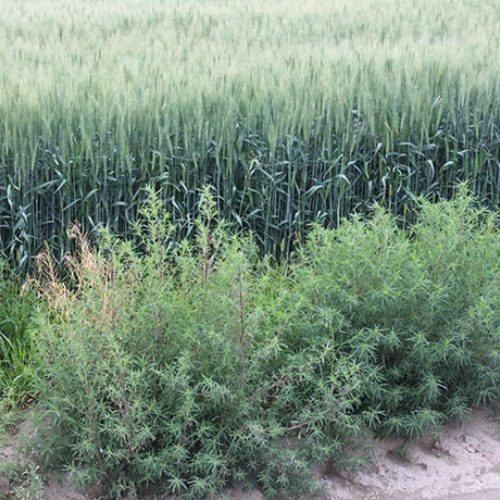
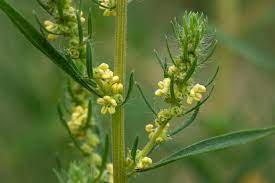
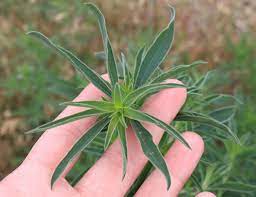
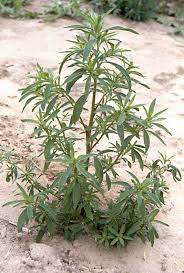
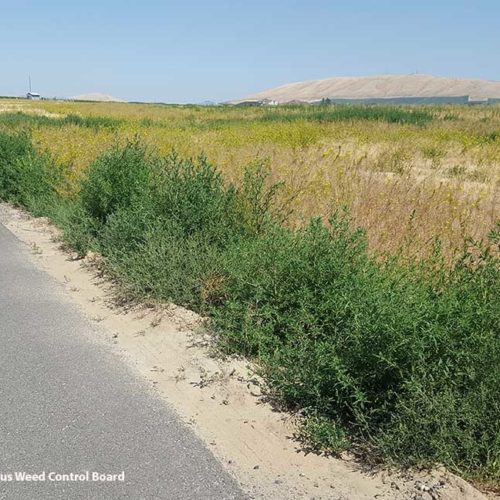
Be aware of look-alike plants
More information about some of the plants kochia is often confused with:
When in doubt, take photos and share them with us or report them on iNaturalist.
What to do if you find it
Please notify us if you see kochia growing in King County. Our program staff can provide you with site-specific advice on how best to remove it. Also, because kochia is not established in King County, we have a chance to stop it from spreading if we act quickly. We map all known areas of regulated noxious weeds to help locate new infestations in time to control them.
Control methods
Manual control
For small infestations you can dig out roots and bag flowers.
Mechanical control
Mowing or cutting before flowering is an effective way to reduce seed production. Kochia must be cut repeatedly throughout season to prevent flowering later.
Cultural control
Early tillage in the spring gives good control of kochia seedlings.
Chemical control
Stay safe when using herbicide:
- Always read the label before use.
- Wear a long-sleeved shirt, long pants, shoes, and eye protection.
- Follow state and local regulations.
Foliar applications should be made when the plant is less than 12 inches in height. Repeat treatments are necessary to control late seedling germination. Herbicides effective in controlling kochia include Glyphosate, 2,4-D, Dicamba. Tank mixes of more than one herbicide can provide more complete control. Some kochia bio-types resistant to these herbicides are present in the Pacific Northwest. For more information, see Herbicide-Resistant Weeds and Their Management.
See the PNW Weed Management Handbook for the most up to date and specific method for chemical control of kochia.
Disposal instructions
Cut plants can be left onsite to decompose, except flowers and seed heads. Always remove flowers and seed heads if present and put them in the garbage, not compost (it does not get hot enough to kill all seeds).
Bag entire plant and dispose in the garbage.
Noxious Weed Disposal - Washington State Noxious Weed Control Board

 Translate
Translate